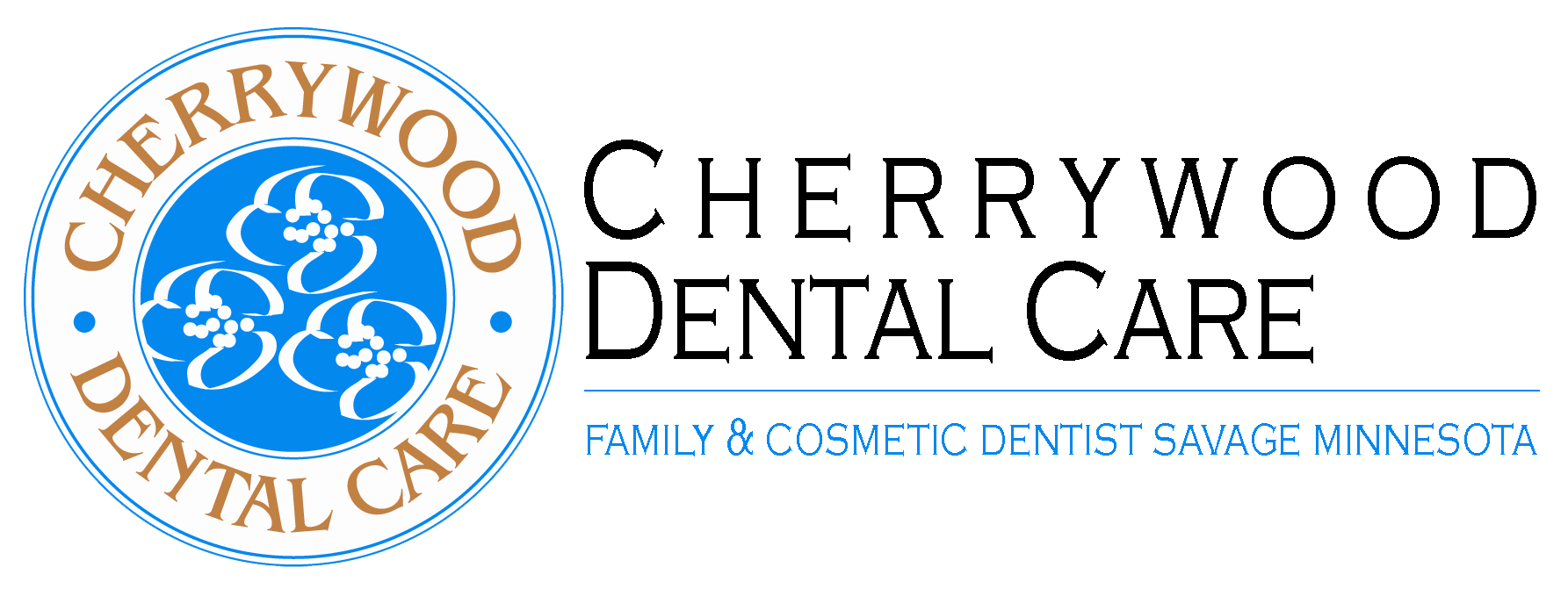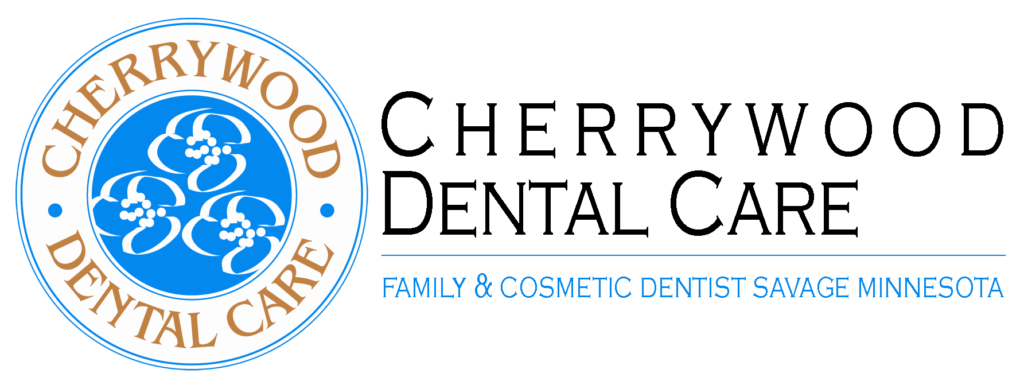Dental Sealants for Children
Most parents will exercise any and all available measures to help protect a growing child. Dental sealants are an extremely effortless way to do just that. In addition to helping protect their teeth for up to 10 years, it is also a completely pain-free experience. As children grow and encounter new experiences in their young lives, dental office visits often have a high chance of becoming an unpleasant and negative experience. By having dental sealants applied, not only is it an easy positive appointment, but it will also alleviate a negative exam on a later date. That would be considered a win-win.
When is the Best Time to Have the Dental Sealant Applied for Your Child?
Due to most children’s inability to brush properly, they often leave damaging plaque on their teeth, which results in cavities. The toughest teeth for most children to brush are those in the back of the mouth, or the molars. Permanent molars erupt between the ages of 6 and 12. As soon as the permanent molars erupt, it is an excellent time to get the dental sealant applied.
The Dental Sealant Procedure
An incredibly simple and pain-free process, the teeth are first professionally cleaned and polished to remove all food particles and any lingering plaque. Next, the dentist or hygienist prepares the teeth by brushing on a gel-like substance, which etches the surface of the tooth. Once this is rinsed off and the teeth are dry, the dental sealant is brushed or painted on. This thin, clear coating is made from a special liquid plastic. The sealant is hardened and cured in less than a minute with a blue ultraviolet light. Just like that, your child has a new protective coating on their teeth. It serves as an additional measure to protect and prevent cavities as you continue to teach them day in and day out to brush slowly. The biggest difference will be those hard-to-reach molars in the rear. Most children simply rush and therefore have a challenging time brushing those molars properly.
The Benefits and How Dental Sealants Work
The biggest difference is the health of those hard-to-reach molars in the rear. Every single tooth, and more so in the molars and premolars, has microscopic grooves, cracks, pits, and fissures that like to harbor plaque. These are also the areas that are the most vulnerable to decay. The plastic sealant flows into all those crevices, sealing these favorite hiding places from the plaque and bacteria. This is most beneficial on the chewing surfaces of the teeth.
Good Oral Hygiene
You must remember, dental sealants are a wonderful additional protection. They are not designed to replace good daily brushing. Dental sealants have been used since the 1970s, because it is no secret that children will eat more damaging candy, sweets, and sweetened drinks than an educated adult who should know better. Consult your family dentist on your child’s next scheduled exam and discuss dental sealants. Even as beneficial as they are, not every child will necessarily need them based on the condition of their teeth.

